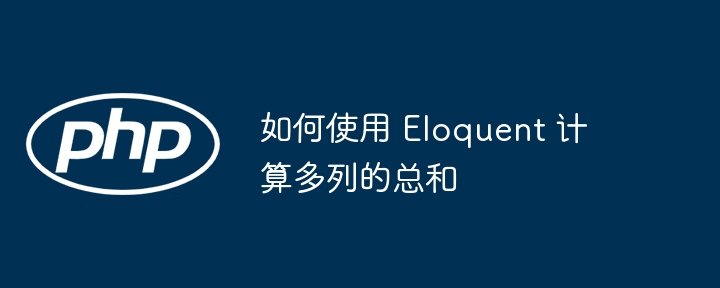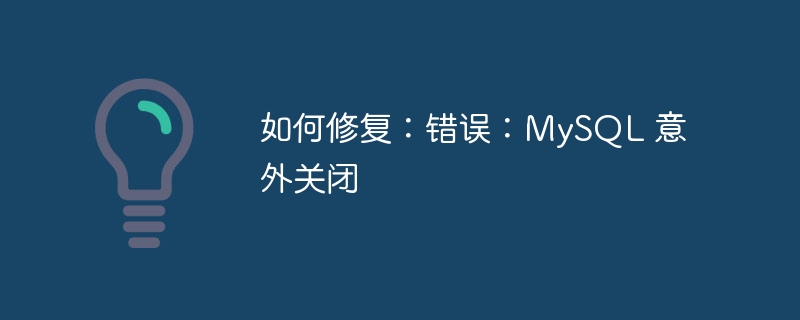在 go 语言中,可以使用 context.withcancel 创建一个具有取消信号的 context,并在 goroutine 中使用 context.done() 监听取消信号,一旦 context 被取消,goroutine 会优雅地退出,释放资源。

如何使用 Go 语言的 context 将 Goroutine 优雅地退出?
引言
在 Go 语言中,goroutine 通常用于并发执行任务。如果程序不再需要 goroutine,则需要优雅地退出它以释放资源并避免内存泄漏。context 包提供了一种有效的方法来实现这一目标。
使用 context
context 包提供 Context 类型,它表示请求或操作的上下文。Context 中包含与上下文相关的元数据,包括取消信号。
要创建一个 context,可以使用 context.Background() 函数。Background 上下文是没有任何取消信号的空上下文。
ctx := context.Background()
在 Goroutine 中使用 Context
可以在 goroutine 中使用 Context 来监听取消信号。如果 context 被取消,则 goroutine 会收到通知并可以优雅地退出。
func myGoroutine(ctx context.Context) {
for {
select {
case <-ctx.Done():
// context 被取消,优雅地退出 goroutine
return
default:
// 继续执行 goroutine
}
}
}取消 Context
可以通过调用 CancelFunc 返回的函数来取消 context。这将向所有侦听该 context 的 goroutine 发送取消信号。
func main() {
ctx, cancel := context.WithCancel(context.Background())
// 创建并启动 goroutine
go myGoroutine(ctx)
// 取消 context 以中断 goroutine
cancel()
}实战案例
考虑以下 HTTP 处理程序:
func handler(w http.ResponseWriter, r *http.Request) {
// 使用 context.WithTimeout 为请求创建一个有超时限制的 context
ctx, cancel := context.WithTimeout(r.Context(), 10*time.Second)
defer cancel()
// 使用 goroutine 来处理请求
go func() {
// 如果超过超时时间,goroutine 将优雅地退出
result, err := fetchRemoteData(ctx)
if err != nil {
http.Error(w, err.Error(), http.StatusInternalServerError)
return
}
// 在 goroutine 完成处理之前取消 context,以便在处理完成时释放资源
cancel()
// 将结果写回到响应
fmt.Fprint(w, result)
}()
}结论
使用 context 可以轻松实现 goroutine 的优雅退出。它允许应用程序在不再需要时释放资源并防止内存泄漏。通过遵循本文中的步骤,您可以有效地在 Go 应用程序中使用 context。
以上就是如何使用 Go 语言的 context 将 Goroutine 优雅地退出?的详细内容,更多请关注php中文网其它相关文章!





